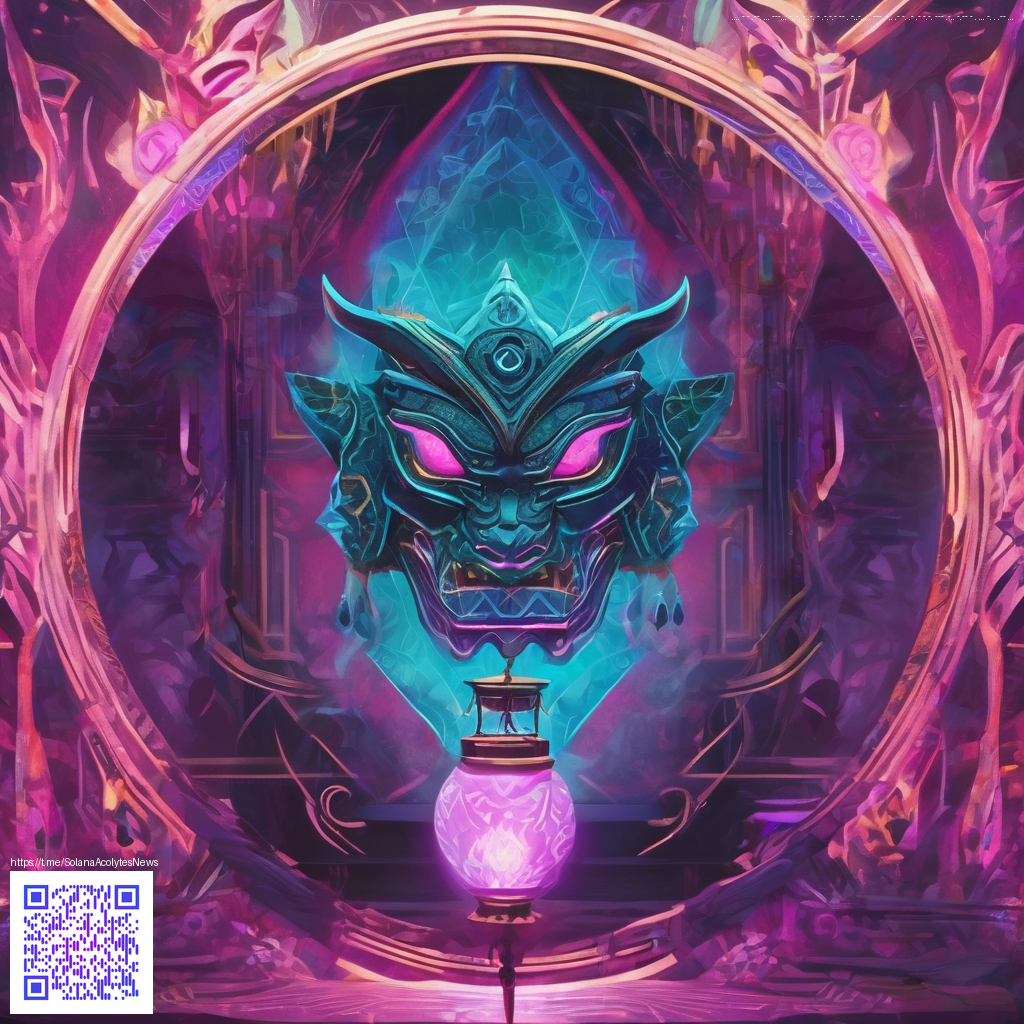
How to Choose Digital Paper for Wedding Invitation Templates
Digital paper is the quiet force behind many memorable wedding invitations. It shapes mood, readability, and the overall feel of a suite, even before the typography takes center stage. When you’re designing templates that clients will customize, the right digital paper texture can elevate a simple name and date into a cohesive, romantic experience. Start by imagining the event’s theme—classic, modern, rustic, or glamorous—and let texture guide your choices rather than chasing trends.
Understanding texture types
Texture isn’t just about how something looks; it’s how it communicates weight, fidelity, and tactility. In digital paper, you’ll encounter a spectrum from linen and vellum to pearlized and soft metallic finishes. Each texture has a scale: a large, bold pattern can dominate a design, while a subtle grain adds warmth without competing with typographic hierarchy. Aim for textures that enhance legibility and complement your chosen color palette.
Consider the practical side as well: some textures print best with certain ink types, while others are more forgiving for digital viewing. For templates intended to live primarily on screens, a refined grain or smooth vellum look can read cleanly on mobile devices and high-resolution monitors.
Color and theme alignment
Texture and color work together as a duo. A soft, airy wedding aesthetic often benefits from pale hues paired with a delicate, matte paper feel, whereas a bold palette can be anchored by a slightly richer texture to avoid washing out the typography. When selecting digital paper, test how your chosen texture interacts with at least two typefaces—one for headings and one for body text—and ensure there’s enough contrast for accessibility. You want elegance without sacrificing readability, especially on invitations that include crucial details like dates and venue addresses.
“The paper you choose should support readability and mood, not distract from the message.”
Practical steps to finalize templates
Start with a small set of textures—two or three at most—so you can iterate quickly. Build mockups that place typographic elements against each texture and preview across devices: smartphones, tablets, and desktop screens. Export variants as print-ready PDFs and web-optimized PNGs to compare how the texture renders in different contexts. Gather feedback from partners or potential clients, focusing on readability, mood, and consistency with the overall wedding theme.
Keep a consistent grid and margins so the texture doesn’t intrude on essential information. If you plan to offer customization, predefine a few safe texture choices and provide clear guidance for clients about how texture impacts legibility. A well-chosen digital paper isn’t just decorative; it’s a design decision that helps your invitation tell the story before the first line of copy is read.
For designers who enjoy a well-rounded toolkit, a touch of tangible inspiration can spark better digital decisions. If you’re curious about tactile desk staples that spark creative thinking, you might explore the Custom Neon Rectangular Mouse Pad 9.3x7.8 in product page. The vibrant hardware mindset it suggests can translate into bolder color decisions or cleaner typography in your templates. A real-world reference like this can be surprisingly valuable when you’re sketching textures and palettes for a client’s invitation suite.
Additionally, you can examine a curated design showcase at https://z-landing.zero-static.xyz/a2b4191d.html to see how others pair digital papers with modern typography and layout grids. Observing how professionals balance texture, color, and type gives you practical cues for your own templates.